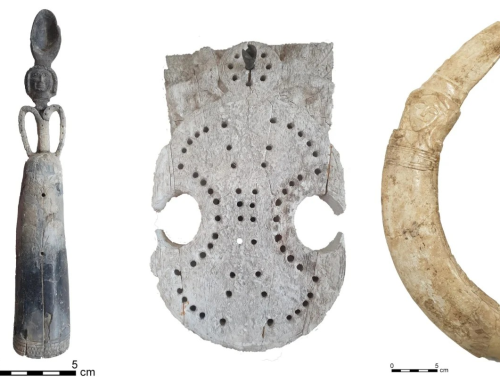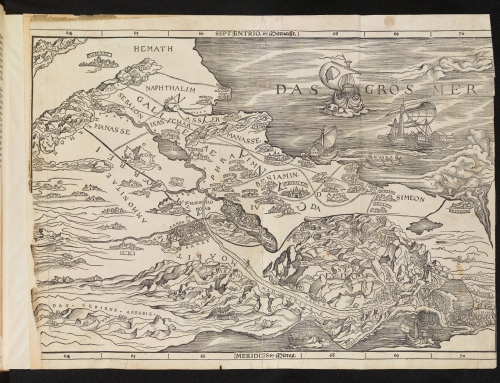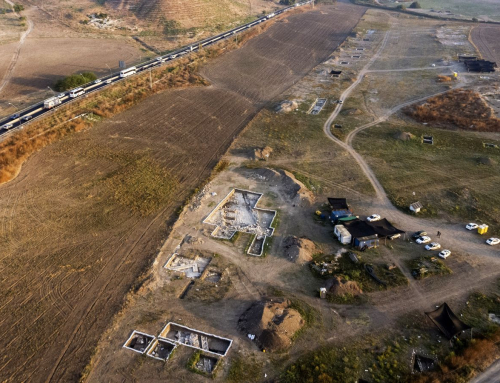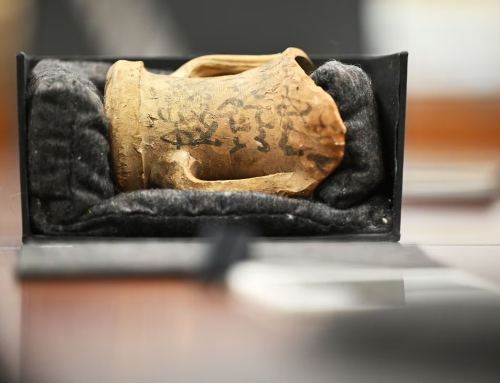Anew paper by computer engineer Dr Konstantin Borisov stakes an attention‑grabbing claim: the biblical Garden of Eden was located on Egypt’s Giza Plateau, and the Great Pyramid embodied the “Tree of Life.”
The study draws on digitized medieval maps, scriptural passages, and light‑path simulations to settle a question that has enticed theologians and archaeologists for generations—where, if anywhere, Eden might have existed in real space.
It basically links important places mentioned in the Bible’s Genesis with places that exist in today’s world.
Four rivers—and why one of them is the Nile
Genesis 2:10‑14 identifies four rivers stemming from Eden: Pishon, Gihon, Tigris, and Euphrates. While the Tigris and Euphrates remain identifiable in modern Iraq, the other two have eluded consensus.
Borisov re‑examines a reconstruction of the sixth‑century BCE Hecataeus Mappa Mundi (A map of the known world created by the Greek scholar Hecataeus of Miletus), noting that only four rivers on that circular world map flow from the encircling Oceanus: the Nile, Tigris, Euphrates, and Indus.
He concludes that Gihon must signify the Nile, relocating Eden from Mesopotamia to Egypt.
The study then interprets Oceanus not as water but as a symbolic “sky river”—possibly a poetic description of the aurora borealis (Northern Lights). Borisov extends this idea by linking a series of ancient sites, including the Pyramids of Giza, Machu Picchu, Ur, and the Nazca Lines, that appear to fall along a great‑circle belt tilted about 30 degrees to the equator.
“Hypothetically, this path could be considered a plausible candidate for the ‘Sky River Oceanus’. It is reasonable to presume that cultures would congregate closer to this path due to its perceived religious significance,” the paper argues.
Light simulations inside the Great Pyramid
Borisov models sunlight entering the Great Pyramid’s King’s Chamber to connect Giza explicitly to Eden’s centerpiece. The reflections, he claims, form a glowing, tree‑shaped pattern on the stone walls. Because multiple mythologies describe a sacred mountain crowned by a life‑giving tree, the author concludes:
“The sacred mount, where the tree of life is said to reside, can only be the Great Pyramid of Giza… Eden is specifically pinpointed to Giza, as no other structure worldwide encapsulates the significant characteristics outlined above.”
Symbolism vs. Science
Science journalists and archaeologists have reacted cautiously. Tech and archeology journalist Tom Hale, reporting for IFL Science, writes: “Ok, so there’s a lot to take in there, but you should be healthily skeptical when interpreting massive claims like this.”
Additionally, he quoted Carl Sagan’s old mantra, “Extraordinary claims require extraordinary evidence.”
He adds that the study relies on concepts such as the “Prehistoric Alignment of World Wonders,” which most academic archaeologists do not take seriously. Detractors note that assigning the Nile to Gihon depends on map symbolism rather than geological evidence. The simulated light patterns do not demonstrate an ancient capacity to project aurora‑like glows.
Borisov’s paper revives a long tradition of locating Eden in real geography; earlier proposals have ranged from southern Iraq to eastern Turkey—yet its chain of symbolic associations places it outside mainstream archaeological method.
Whether the Great Pyramid once represented a cosmic tree or simply a monumental tomb, the new analysis will likely intensify, rather than resolve, the Eden debate.
Original Article – Study claims Garden of Eden was in Egypt, Pyramid is Bible’s Tree of Life







